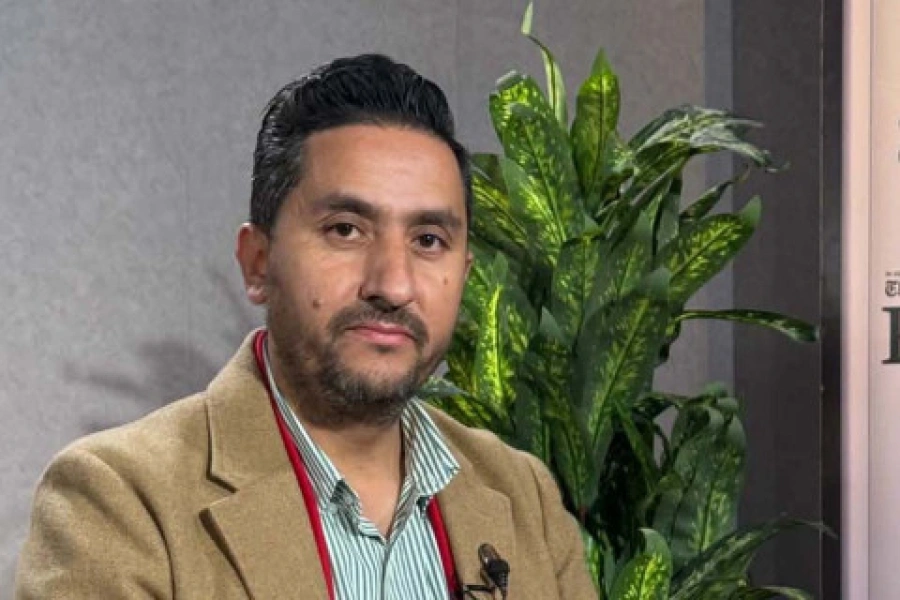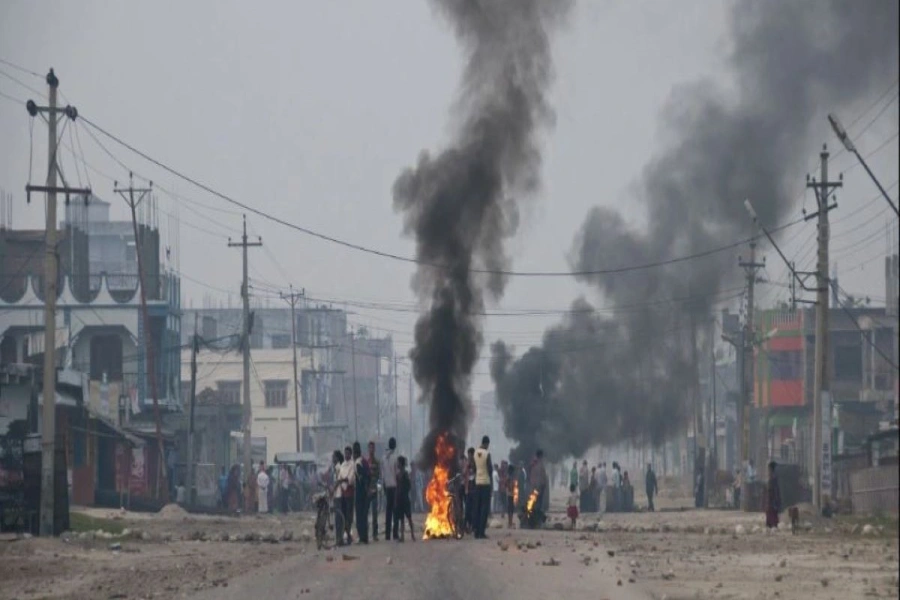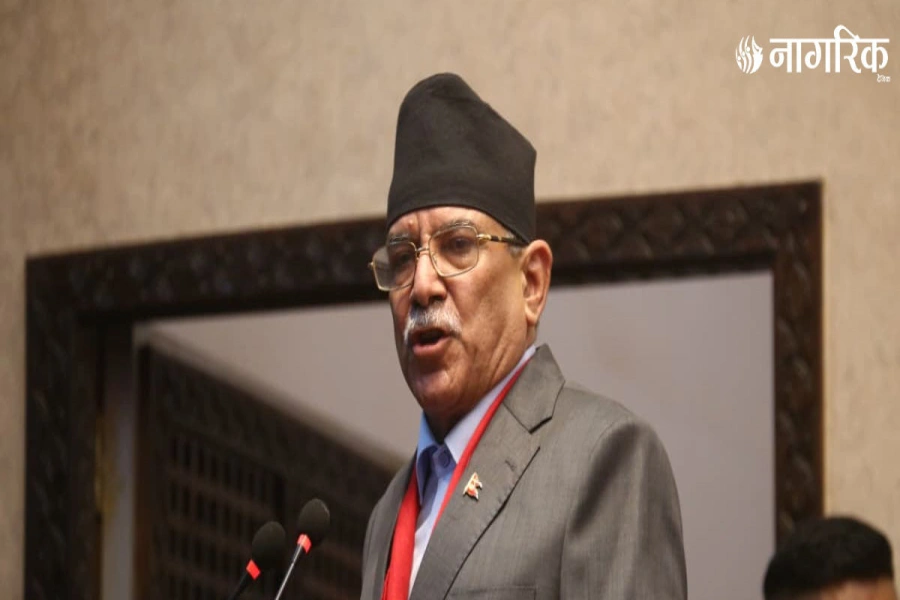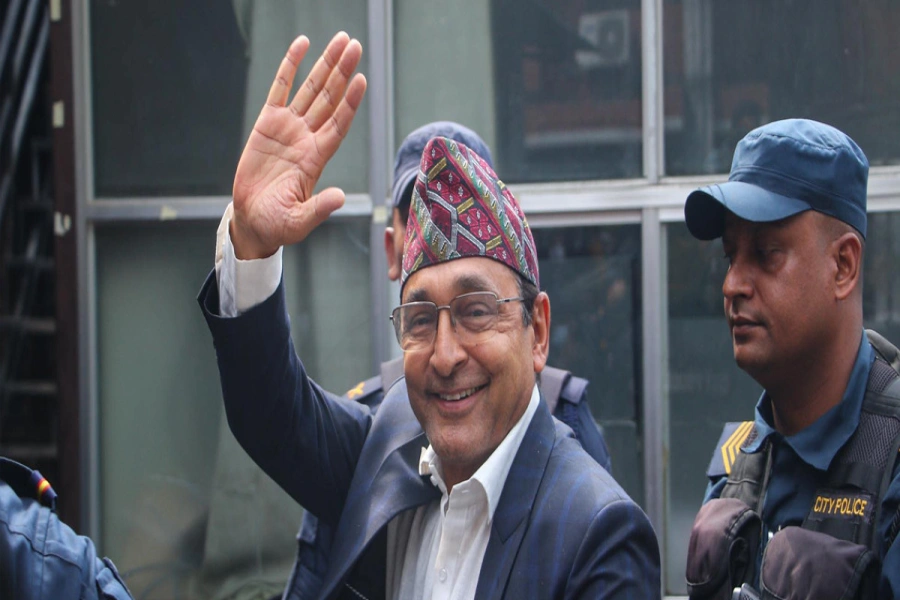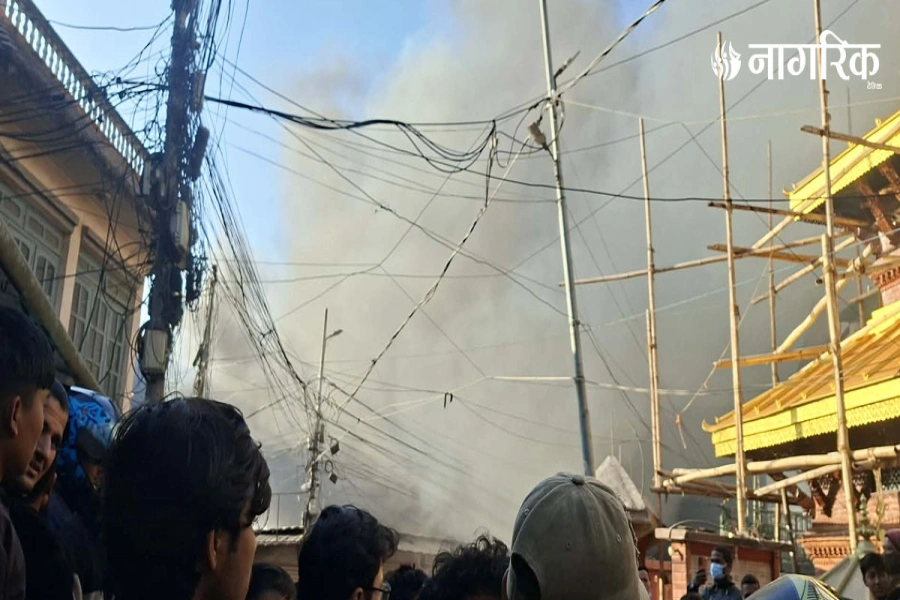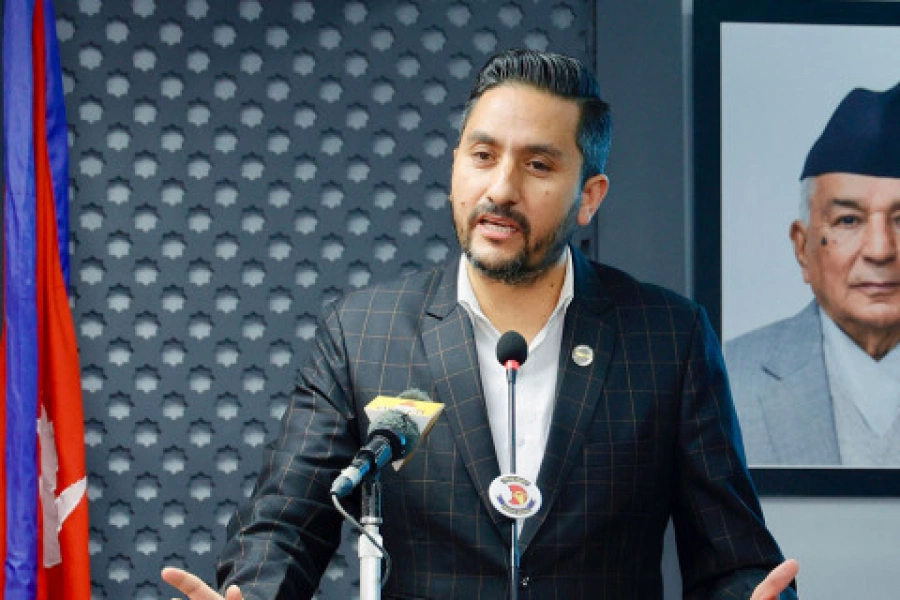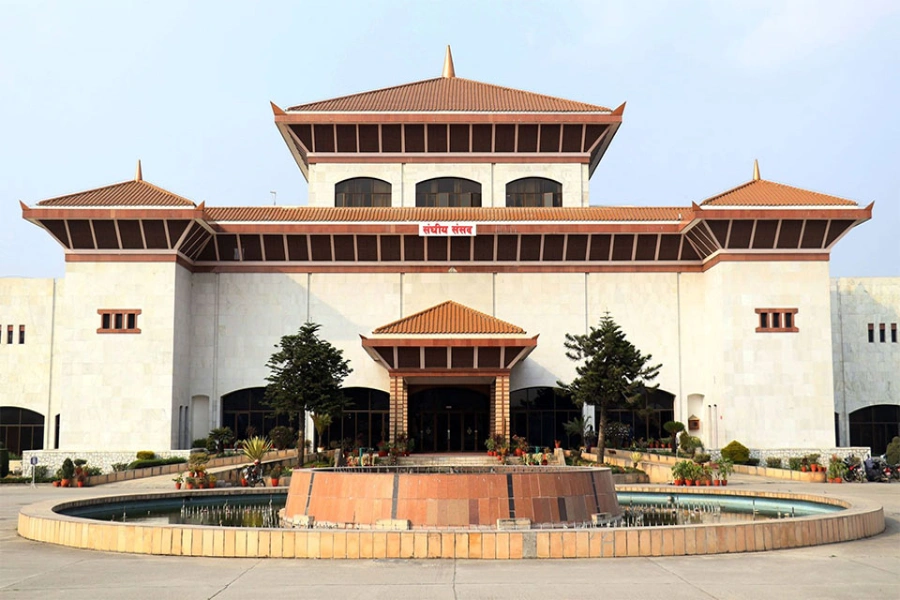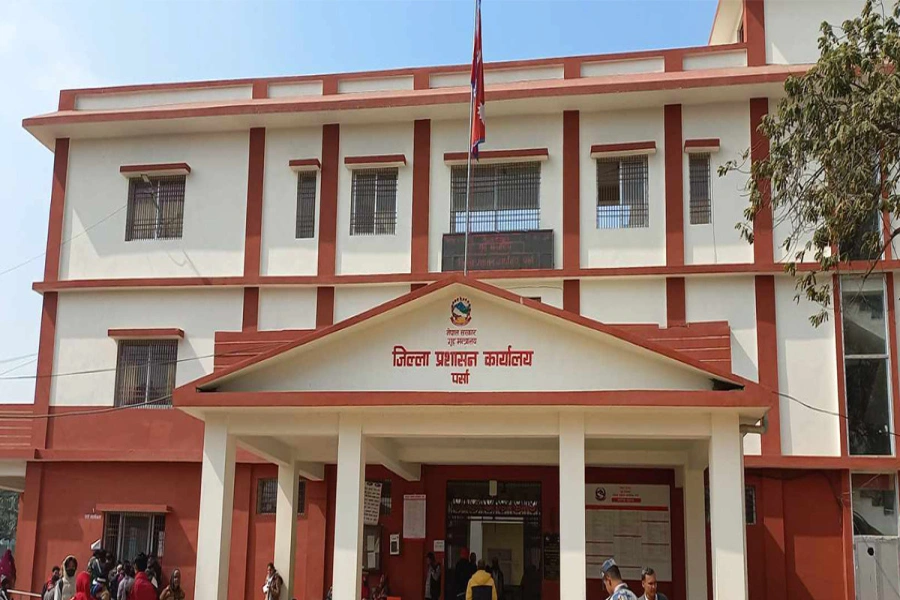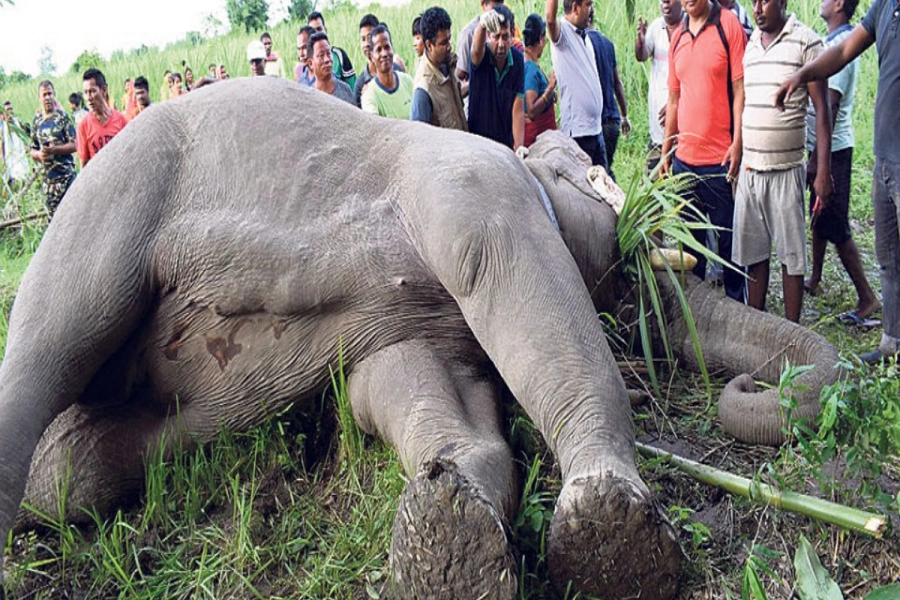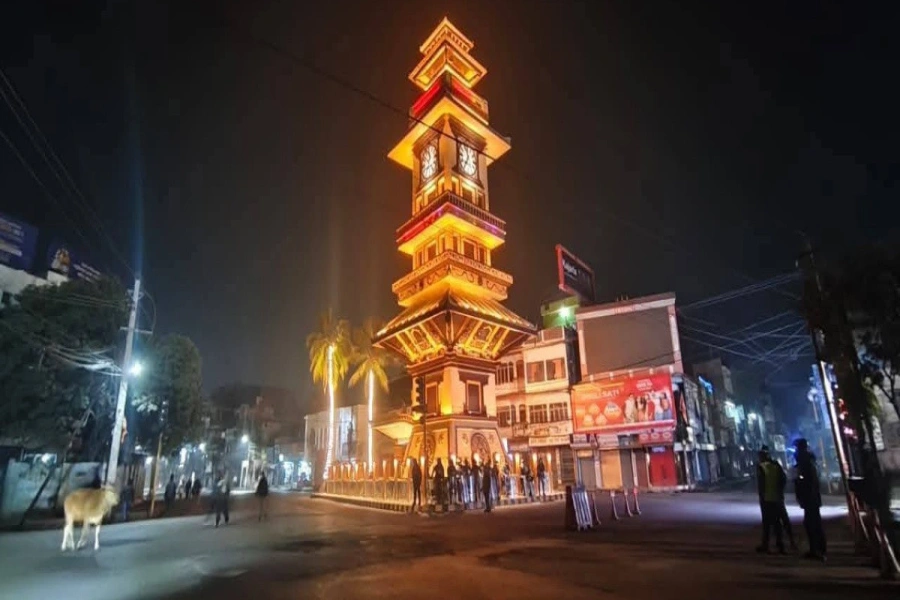KATHMANDU, Aug 25: It has been found that Dalit and indigenous communities experience higher death rates due to monsoon-induced disasters than other communities. According to data provided by the Nepal Police up to mid August, most of the people killed in disasters since the onset of this year’s monsoon were people from the Dalit and indigenous communities.
Dalits and indigenous people are disproportionately affected by monsoon-induced disasters based on demographic ratios.
Since the start of the monsoon this year, 170 people have lost their lives due to floods and lightning. Statistics show that 48 people (28.2 percent) from the Dalit community have died this year due to monsoon-induced disasters. According to the national census, the Dalit population in Nepal is 13.5 percent.
Similarly, 71 people (41.7 percent) from the indigenous communities have died due to monsoon disasters. The census indicates that indigenous tribes constitute 36 percent of the population.
Additionally, 33 people (19.4 percent) from the Chhetri and Bahun communities have died, despite Chhetri and Bahun making up 28 percent of the total population. Eighteen people (10.7 percent) from the Madhesi, minority, and other communities have also died.
Indigenous Knowledge: System for future reference

Females account for more deaths (50.5 percent) than males. The National Disaster Risk Reduction and Management Authority (NDRRMA) has stated that despite high rainfall this year, human losses have been relatively low.
Dalit and indigenous rights activists argue that most Dalits and indigenous people live in cliffs, slopes, and riverbanks, making them more vulnerable to monsoon-induced disasters. Hira Bishwakarma, a scholar on Dalit issues, claims that historical state discrimination has left the Dalit community exposed to such disasters.
He says, "The state system at that time deprived Dalits of land by enacting laws." As a result, all Dalits became landless and were forced to live in cliffs, slopes, and riverbanks, which are more prone to flash floods.
According to Bishwakarma, Dalits were not allowed to live in the slums of other castes or acquire property. Only 25 percent of Dalits have concrete houses; the remaining 75 percent live in mud houses, which cannot withstand landslides. Bishwakarma adds that Dalit settlements are also unorganized.
Gyalmo Lama Sherpa, president of the Nepal Federation of Indigenous Nationalities (NEFIN), notes that many indigenous communities live near mountains, hills, forests, and valleys, making them vulnerable to monsoon disasters.
Sherpas, Rai, Limbu, Magar, and Gurung communities are heavily affected, with the recent landslide in Okhaldhunga having a significant impact on the Sherpa community, according to Sherpa.
It appears that scientific management of natural disasters in Nepal began only after the Disaster Risk Reduction and Management Act, 2074. Dijan Bhattarai, spokesperson for the NDRRMA, states that Dalits and tribes living in risky areas are more affected due to inadequate disaster management.
Bishwakarma argues that since Dalits are forced to live in dangerous areas due to state discrimination, the government should now take responsibility for managing and securing their housing and settlements.
"We have raised this issue with national and international bodies, but no action has been taken," he said.
For indigenous communities, managing settlements is complex due to their connection with production, says NDRRMA spokesperson Bhattarai. He notes that policy formulation and implementation according to the new law will take time.
"It is not easy to immediately manage indigenous settlements; first, they need to be aware," he said.
Bhattarai adds that the government has begun providing information about risky geographies. He mentioned that once people receive this information, 50 percent of the settlements will be managed by the residents themselves, while the remaining 50 percent will need government intervention.
"The level of public awareness on this issue should be broader," he said. Bhattarai also noted that the government has recently started providing information about landslide risks through mobile phones and social media.



